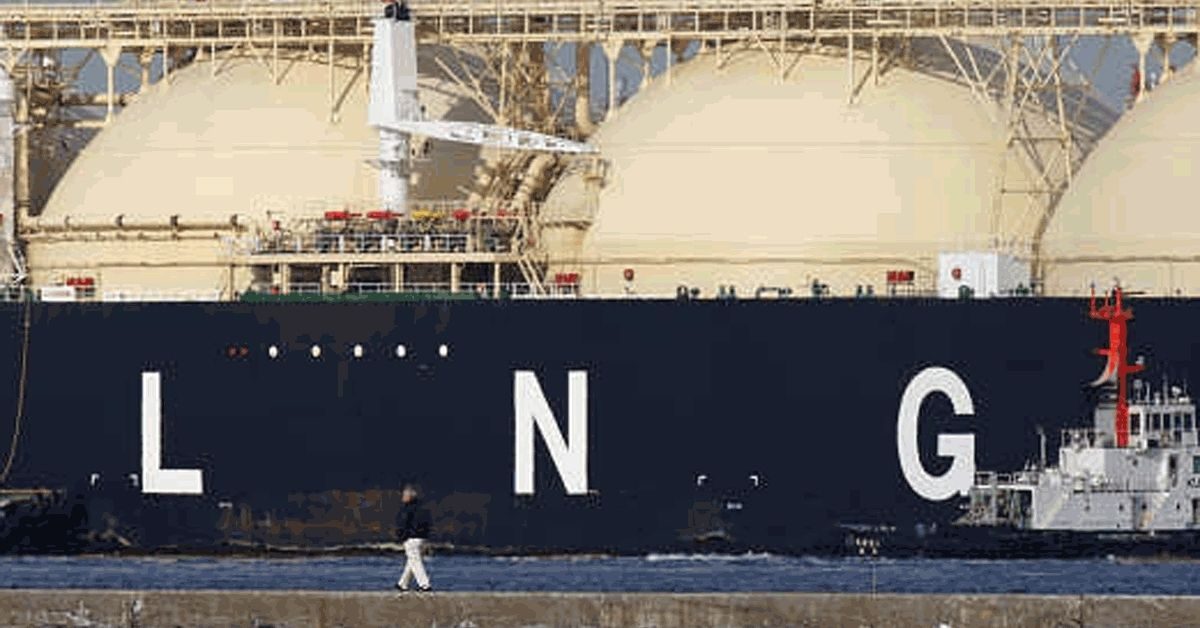U.S. exports of LNG increased by 12 percent despite a recent fire at one facility in Texas.
The U.S. Energy Information Administration (EIA), cited data by market intelligence firm Cedigaz, reported a strong increase in U.S. LNG exports. Among the factors contributing to the growth, analysts cited continued overall growth in demand, and in particular from Europe, which contributed to increased international LNG prices.
Since the end of last year, EU countries and Britain have increased LNG imports to compensate for lower imports from Russia and to fill historically low natural gas storage inventories. This comes on top of strong demand as more industries have sought to move away from coal and oil as their source of energy replacing it with cleaner-burning natural gas. As a result, overall LNG imports to the EU and UK increase by 63 percent during the first half of 2022 to an average of 14.8 Bcf/d.
Similar to 2021, the U.S. sent the most LNG to the EU and UK during the first half of the year, providing 47 percent of Europe’s total LNG imports. Other major suppliers to Europe include Qatar at 15 percent, Russia at 14 percent, and four African countries combined at 17 percent.
The EU and UK also remained the U.S.’s largest customers for LNG. During the first five months of 2022, 71 percent of U.S. LNG exports, or a total of 8.2 Bcf/d, were shipped to Europe. The U.S.’s total exports, and the amount sent to Europe, however, fell in June as a result of an unplanned outage after an explosion and fire at the Freeport LNG export facility. The facility is expected to resume partial liquefaction operations in early October 2022.
“Utilization of the peak capacity at the seven U.S. LNG export facilities averaged 87 percent during the first half of 2022, mainly before the Freeport LNG outage, which is similar to the utilization on average during 2021,” said EIA.
According to EIA, installed U.S. LNG export capacity has expanded by 1.9 Bcf/d or nearly 10 percent since November 2021. The capacity additions include a sixth train at the Sabine Pass LNG, 18 new mid-scale liquefaction trains at the Calcasieu Pass LNG, and increased LNG production capacity at Sabine Pass and Corpus Christi LNG facilities. As of July, EIA estimates that LNG liquefaction capacity is now averaging 11.4 Bcf/d, with a shorter-term peak capacity of 13.9 Bcf/d.
U.S. facilities however nearing their capacity limits in the near term while several investment projects look to expand capacity in the mid-term. While the temporary suspension of exports from the Freeport LNG facility has done little to impede the overall exports, the industry looks forward to its return to increase the supply before the onset of the coldest months in the U.S. and Europe.
Currently, 14 countries in Europe have LNG import facilities although the utilization of the facilities varies by region with the northern and southern parts of the European natural gas pipeline grid not fully integrated. Several countries, including Germany, the Netherlands, Italy, Finland, and Estonia, have all announced expansions of the LNG import capacities with charters to bring FSRUs in to provide immediate capacity to support LNG imports for the upcoming winter season.







